A pool pump instruction manual is essential for safe and efficient operation. It provides detailed guidance for installation‚ maintenance‚ and troubleshooting specific to Hayward models like Super Pump and XE Series. Understanding the manual ensures optimal performance and longevity of your pool equipment while adhering to safety standards.
1.1 Importance of Following the Manual
Following the pool pump instruction manual is crucial for safety‚ proper installation‚ and optimal performance. It ensures compliance with safety standards‚ preventing potential hazards like electric shock or equipment damage. The manual provides specific guidelines for models like the Hayward Super Pump and XE Series‚ detailing steps to avoid injuries and maintain warranty validity. Adhering to the instructions guarantees efficient operation‚ extends equipment lifespan‚ and helps troubleshoot common issues effectively.
1.2 Overview of Hayward Pool Pump Models
Hayward offers a variety of pool pump models‚ including the Super Pump‚ XE variable speed series‚ and Power-Flo Matrix. Each model is designed for specific pool types‚ such as in-ground or above-ground pools. The Super Pump is known for its durability and efficiency‚ while the XE Series features variable speed technology for energy savings. The Power-Flo Matrix is engineered for above-ground pools‚ ensuring reliable performance. These models cater to different needs‚ providing options for pool owners seeking optimal circulation and sanitization systems.
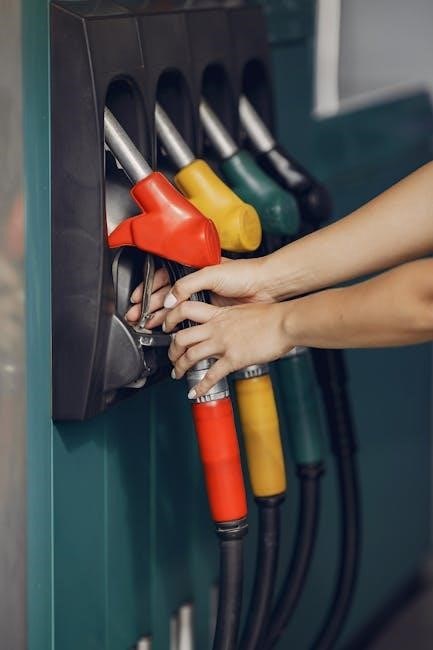
Safety Precautions and Warnings
Always turn off controls before servicing. Open the filter air relief valve. Use only genuine Hayward parts to avoid risks. Follow model-specific instructions carefully.
2.1 General Safety Guidelines
Always read the manual before installation or operation. Wear protective eyewear and gloves when handling equipment. Ensure the area is well-ventilated and free from flammable materials. Never operate the pump near open flames or sparks. Keep children and pets away from the pump and electrical components. Avoid touching electrical parts with wet hands. Ensure proper grounding of the pump to prevent electrical shock. Regularly inspect hoses and connections for signs of wear or damage. Follow all local safety codes and regulations. Never bypass safety features or disable alarms.
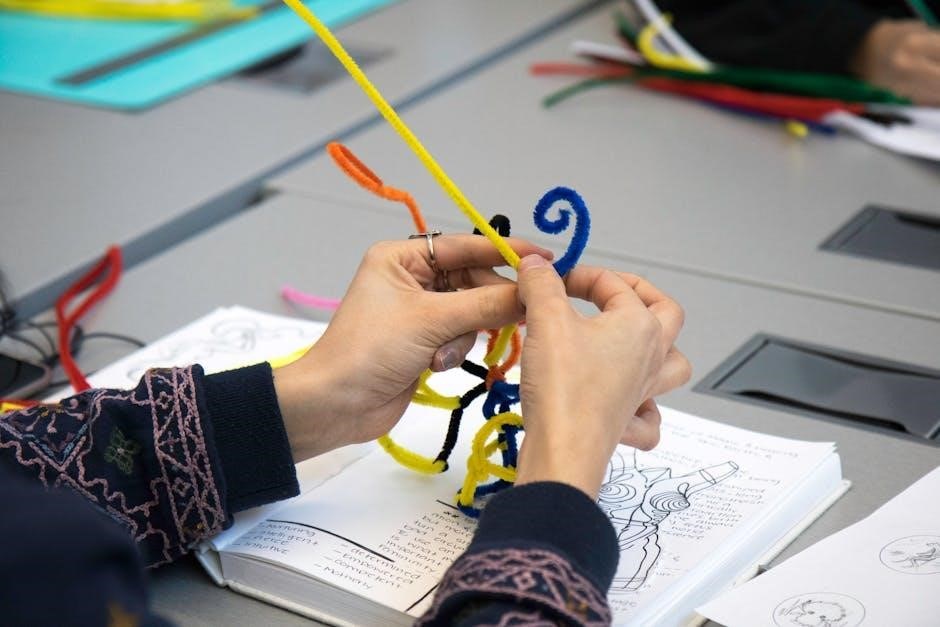
2.2 Electrical Safety Considerations
Ensure all electrical connections are made by a licensed electrician. Use a Ground Fault Circuit Interrupter (GFCI) to protect against electrical shock. Keep the pump and motor dry to prevent short circuits. Avoid exposing electrical components to water or moisture. Never use damaged or frayed power cords. Always disconnect the power supply before performing maintenance. Ensure proper grounding of the pump to meet local electrical codes. Do not overload circuits‚ as this can cause electrical hazards. Follow all national and local electrical safety standards for installation and operation.
2.3 Proper Use and Handling
Operate the pool pump only for its intended purpose. Always follow the recommended flow rates and pressure settings. Ensure the pump is installed on a level‚ stable surface. Keep the surrounding area clean and free from debris. Avoid over-tightening connections‚ as this may damage threads. Use genuine replacement parts to maintain performance. Handle the pump and motor with care to prevent physical damage. Regularly inspect hoses and connections for signs of wear. Store the pump in a dry‚ protected location during off-season to prevent damage.
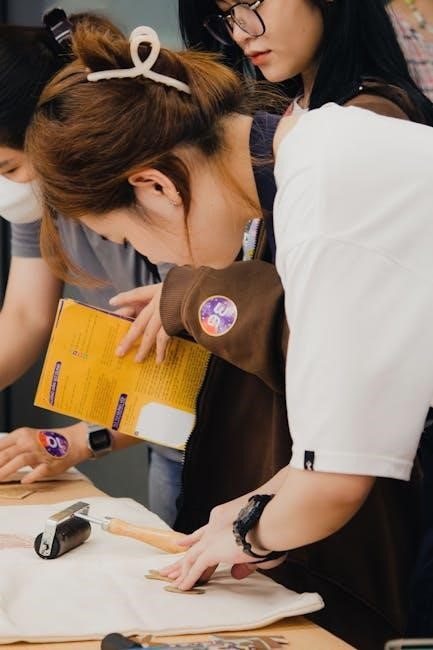
Installation Requirements
Ensure the pump is installed on a level‚ stable surface near the pool. Maintain recommended distances from the pool and electrical components. Follow local codes and regulations for proper setup and connections.
3.1 Step-by-Step Installation Guide
- Prepare the installation site‚ ensuring it is level and stable.
- Unpack the pump and inspect for damage or missing components.
- Position the pump near the pool and electrical source‚ following local codes.
- Connect the plumbing lines to the pump‚ ensuring proper sizing and alignment.
- Install electrical connections‚ adhering to safety standards and manufacturer instructions.
- Test the pump operation to confirm correct function before finalizing.
- Secure the pump and clean the area to complete the installation.
3.2 Wiring Diagrams and Connections
Use the provided wiring diagrams to ensure correct electrical connections. Connect the power supply lines to the designated terminals‚ ensuring proper polarity. Ground the pump according to local electrical codes. For control systems‚ link the pump motor to the automation panel or timer. Double-check all connections for tightness and accuracy. Follow the manufacturer’s instructions for specific wiring configurations. Verify compatibility with variable-speed or automation systems if applicable. Always disconnect power before performing any wiring work to ensure safety. Secure all connections neatly to prevent damage or interference.
3.2.1 Hayward Automation Control Wiring
For Hayward automation control wiring‚ connect the pump motor to the control panel using the specified terminals. Ensure the automation panel is compatible with your pump model. Follow the wiring diagram to link sensors‚ timers‚ or remote controls. Use the correct gauge wire for connections to prevent signal loss. Connect L1 and L2 to the pump’s motor terminals‚ and link COM to the common terminal. Verify compatibility with variable-speed pumps if equipped. Always disconnect power before wiring to avoid electrical hazards. Refer to Hayward’s automation manual for precise instructions and safety guidelines.
3.3 Mounting and Securing the Pump
Mount the pump on a level‚ stable surface near the pool and equipment pad. Use a concrete pad or durable base to ensure stability. Secure the pump using anchor kits provided or recommended by Hayward. Ensure the pump is level to prevent vibration and noise. Place it in a shaded area to protect from direct sunlight. Follow manufacturer guidelines for spacing and alignment with pool equipment. Tighten all mounting hardware firmly to prevent movement. Refer to the manual for specific torque specifications. Proper installation ensures safe and efficient operation.

Operating the Pool Pump
Start the pump after installation‚ ensuring all settings are correct. Monitor operation‚ adjust timer and speed as needed for efficiency. Regularly check for smooth performance.
4.1 Starting the Pump for the First Time
Ensure all electrical connections are secure and properly wired. Turn on the power supply and check for any leaks around connections. Prime the pump by filling it with water if necessary. Activate the pump and listen for smooth operation. Monitor the system for proper water flow and pressure. If unusual noises occur‚ turn off the pump and inspect for blockages or misalignments. Refer to the manual for specific startup instructions and troubleshooting tips. Allow the pump to run for a few minutes to ensure optimal performance before full operation.
4.2 Adjusting Settings for Optimal Performance
Adjust the pump speed and timer settings to match your pool’s needs. For variable speed pumps‚ use the control panel to set energy-efficient speeds. Ensure the pump runs during off-peak hours to reduce energy costs. Monitor the system’s flow rate and pressure to avoid over-circulation. Fine-tune the settings based on pool size‚ usage‚ and equipment. Regular adjustments ensure optimal water clarity and circulation. Always refer to the manual for specific guidance on customizing settings for your pump model.
4.3 Variable Speed Pump Operation
Variable speed pumps offer flexible operation by adjusting RPM to suit different tasks. Use lower speeds for filtration and higher speeds for cleaning. Program custom speed settings for energy efficiency. Set schedules to run the pump during off-peak hours. Utilize built-in timers and automation features. Monitor and adjust speeds via the control panel. This ensures optimal performance while minimizing energy consumption. Always consult the manual for specific speed recommendations tailored to your pool size and equipment setup.
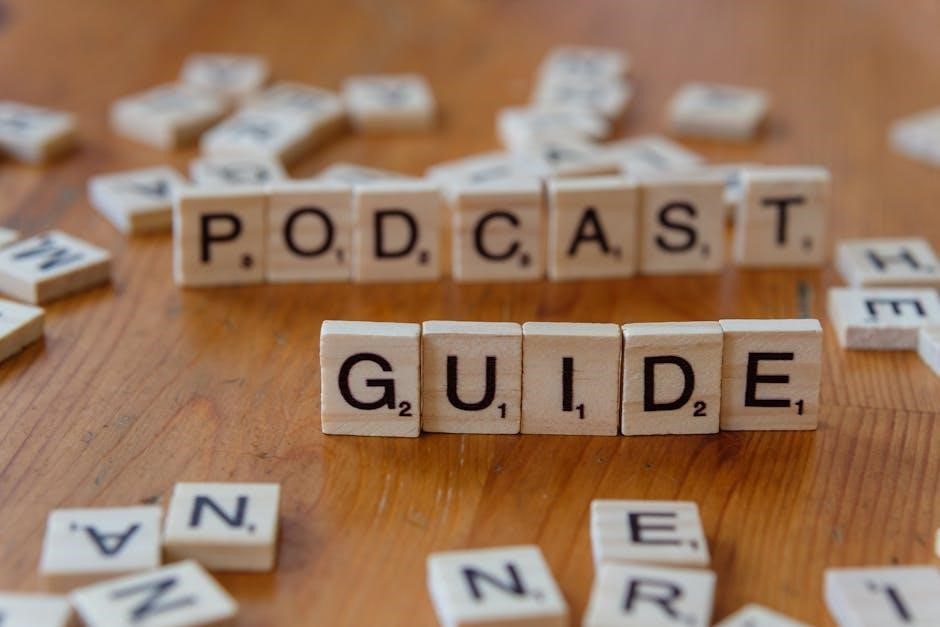
Maintenance and Troubleshooting
Regular maintenance ensures optimal pump performance. Clean filters‚ inspect for leaks‚ and monitor operation. Address issues promptly to prevent damage and extend lifespan.
5.1 Regular Maintenance Tasks
Regular maintenance is crucial for extending the lifespan and efficiency of your pool pump. Ensure filters are cleaned or replaced as recommended. Inspect the pump and connections for leaks or damage. Lubricate moving parts if specified. Check the motor alignment and ensure proper priming. Monitor operation for unusual noises or vibrations. Maintain balanced pool water chemistry to prevent corrosion. Schedule seasonal inspections and follow the manufacturer’s maintenance schedule for optimal performance and reliability.
5.2 Common Issues and Solutions
Common issues with pool pumps include low pressure‚ excessive noise‚ or failure to start. Low pressure may indicate clogged filters or blocked pipes. For noise‚ check for loose parts or improper installation. If the pump doesn’t start‚ ensure the power supply is stable and connections are secure. Leaks around seals or connections should be addressed promptly. Refer to troubleshooting guides in the manual for step-by-step solutions. Addressing these issues early prevents further damage and ensures smooth operation. Always turn off power before attempting repairs.
5.3 Cleaning and Replacing Parts
Regular cleaning of the pump basket‚ skimmer basket‚ and filter ensures optimal performance. Turn off the power before cleaning. Remove debris from baskets and rinse thoroughly. Inspect parts for wear and tear. Replace worn or damaged seals‚ gaskets‚ or impellers using Hayward-approved parts. Lubricate O-rings with silicone-based lubricant. Reassemble carefully to avoid misalignment. Replace parts as recommended in the manual to maintain efficiency and prevent damage. Always follow proper disassembly and reassembly procedures to ensure safety and functionality.
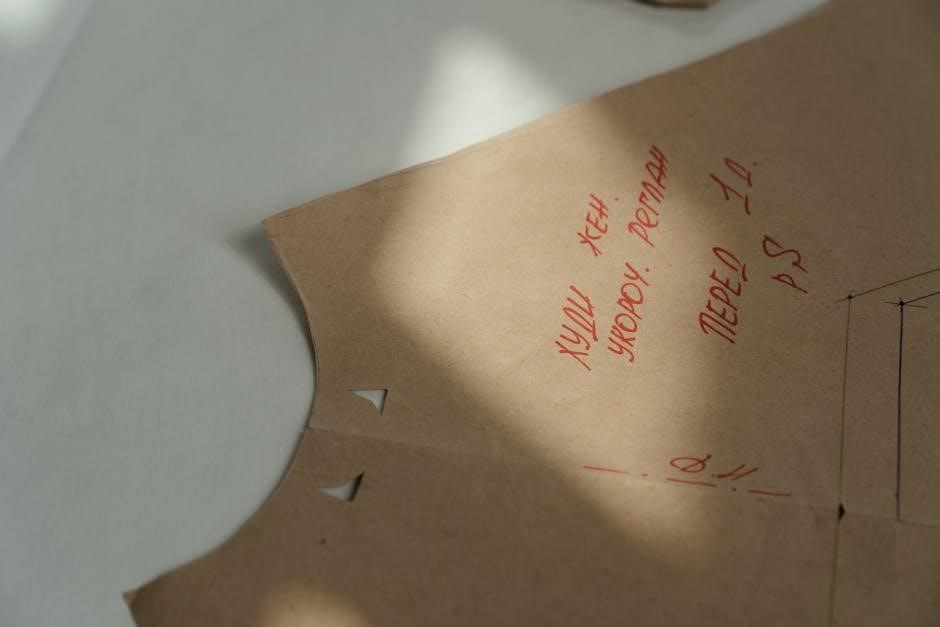
Technical Specifications
Hayward pool pumps feature varied horsepower‚ voltage‚ and ampere ratings. They operate at specific RPM‚ ensuring compatibility with diverse pool sizes and types for optimal efficiency and performance.
6.1 Motor Details and Power Requirements
Hayward pool pumps are equipped with high-efficiency motors designed for durability and performance. Available in various horsepower ratings (0.75 HP to 2.5 HP)‚ these motors operate at standard voltage (115V or 230V) and are compatible with single- or three-phase power systems. The full-load amps range between 3.5 to 12.0 amps‚ depending on the model. Proper installation requires a dedicated electrical circuit with a suitable breaker size to ensure safe and efficient operation. Always refer to the specific model’s ratings for exact power requirements to avoid electrical issues.
6.2 Compatible Pool Types and Sizes
Hayward pool pumps are designed to accommodate a variety of pool types‚ including residential‚ commercial‚ above-ground‚ and in-ground pools. They are suitable for pools ranging from small (5‚000 gallons) to large (50‚000+ gallons) capacities. Compatibility depends on the pump’s flow rate (measured in gallons per minute‚ GPM) and horsepower‚ which must align with the pool’s specific needs. Always match the pump’s performance to the pool size and type for optimal efficiency and longevity. Refer to the specifications chart in the manual for precise sizing recommendations.

Repair and Replacement Guidelines
Identify common issues and follow steps for safe repairs or replacing parts. Use genuine Hayward components and consult the manual for detailed instructions and safety precautions.
7.1 When to Use Genuine Hayward Parts
Always use genuine Hayward parts for repairs to ensure compatibility‚ optimal performance‚ and safety. Genuine parts are designed to meet exact specifications‚ reducing the risk of malfunction or damage. Using non-Hayward parts may void your warranty and compromise system efficiency. For critical components like motors‚ seals‚ and impellers‚ genuine parts guarantee reliability and longevity. Refer to the manual for a list of recommended parts and authorized dealers. Hayward support ensures authentic products‚ maintaining your pump’s efficiency and extending its lifespan.
7.2 DIY Repair Tips
For minor repairs‚ turn off the power and follow safety guidelines. Inspect the pump basket and impeller for debris‚ cleaning as needed. Check for loose connections or worn-out seals. Refer to the manual for specific repair procedures. Use basic tools like wrenches or screwdrivers. Test the pump after repairs to ensure proper function. For complex issues‚ consult a professional; Always prioritize safety and follow manufacturer recommendations to avoid further damage or hazards.
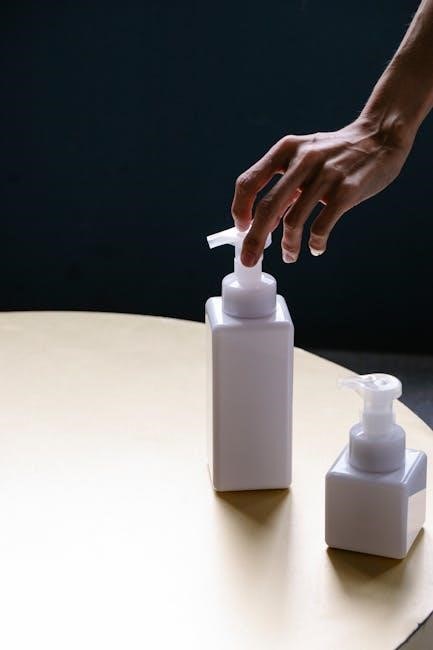
Warranty Information
Your Hayward pool pump is backed by a limited warranty covering parts and labor for a specified period. Registration may be required for warranty activation. Exclusions apply.
8.1 Understanding the Hayward Warranty
The Hayward warranty provides coverage for defects in materials and workmanship under normal use. The warranty period varies by product‚ typically ranging from 1 to 5 years. Coverage includes parts and labor for repairs or replacements deemed necessary by Hayward. Specific components‚ such as motors and seals‚ may have extended or differing terms. Claims must be submitted within the warranty period‚ and repairs must be performed by authorized Hayward service technicians. Misuse or improper installation may void coverage. Always refer to the warranty terms for full details.
8.2 Conditions for Warranty Validity
The Hayward warranty is valid only if the pool pump is installed‚ maintained‚ and operated according to the instruction manual. The product must be registered within 30 days of purchase. Any unauthorized modifications‚ misuse‚ or failure to follow maintenance guidelines void the warranty. Additionally‚ using non-Hayward parts or improper installation by unqualified personnel invalidates coverage. The warranty does not cover damage caused by external factors like extreme weather or chemical imbalances. Repairs must be performed by authorized Hayward technicians to maintain warranty eligibility.
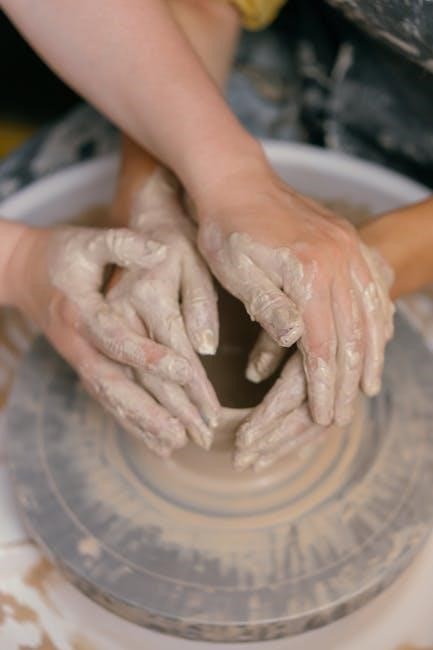
Additional Resources
Explore official Hayward websites‚ customer support hotlines‚ and authorized dealer networks for comprehensive guidance‚ troubleshooting‚ and downloadable resources.
- Official Hayward website
- Customer support hotline
- Authorized dealer locator
- Downloadable PDF manuals
- Online troubleshooting guides
9.1 Finding Hayward Dealers and Support
To locate authorized Hayward dealers‚ visit their official website and use the dealer locator tool. Contact customer support for assistance with troubleshooting‚ repairs‚ or product inquiries. Dealers offer genuine parts‚ expert advice‚ and warranty service. Ensure to verify the authenticity of dealers to avoid counterfeit products. Additionally‚ Hayward provides regional support centers and online resources for convenient access to help. Always reach out to certified professionals for reliable solutions and maintenance. This ensures optimal performance and extends the lifespan of your pool pump.
9.2 Online Documentation and FAQs
Hayward provides extensive online documentation and FAQs to assist with pool pump setup‚ operation‚ and troubleshooting. Visit their official website to access downloadable manuals‚ installation guides‚ and troubleshooting tips. The FAQs section addresses common queries‚ such as maintenance‚ noise issues‚ and error codes. These resources are updated regularly to ensure accuracy and relevance. For specific concerns‚ use the search feature to quickly find solutions. Online documentation is available 24/7‚ offering convenience and comprehensive support for optimal pump performance and longevity. Regularly check for updates to stay informed about new features and improvements.
By following the guidelines in this manual‚ you can ensure your Hayward pool pump operates efficiently and safely. Proper installation‚ regular maintenance‚ and adherence to safety precautions are key to extending the pump’s lifespan. Addressing issues promptly and utilizing troubleshooting tips can prevent major repairs. Always refer to official resources for accurate information. With correct usage and care‚ your pool pump will provide reliable service‚ keeping your pool clean and enjoyable for years to come. Happy swimming!

No Responses